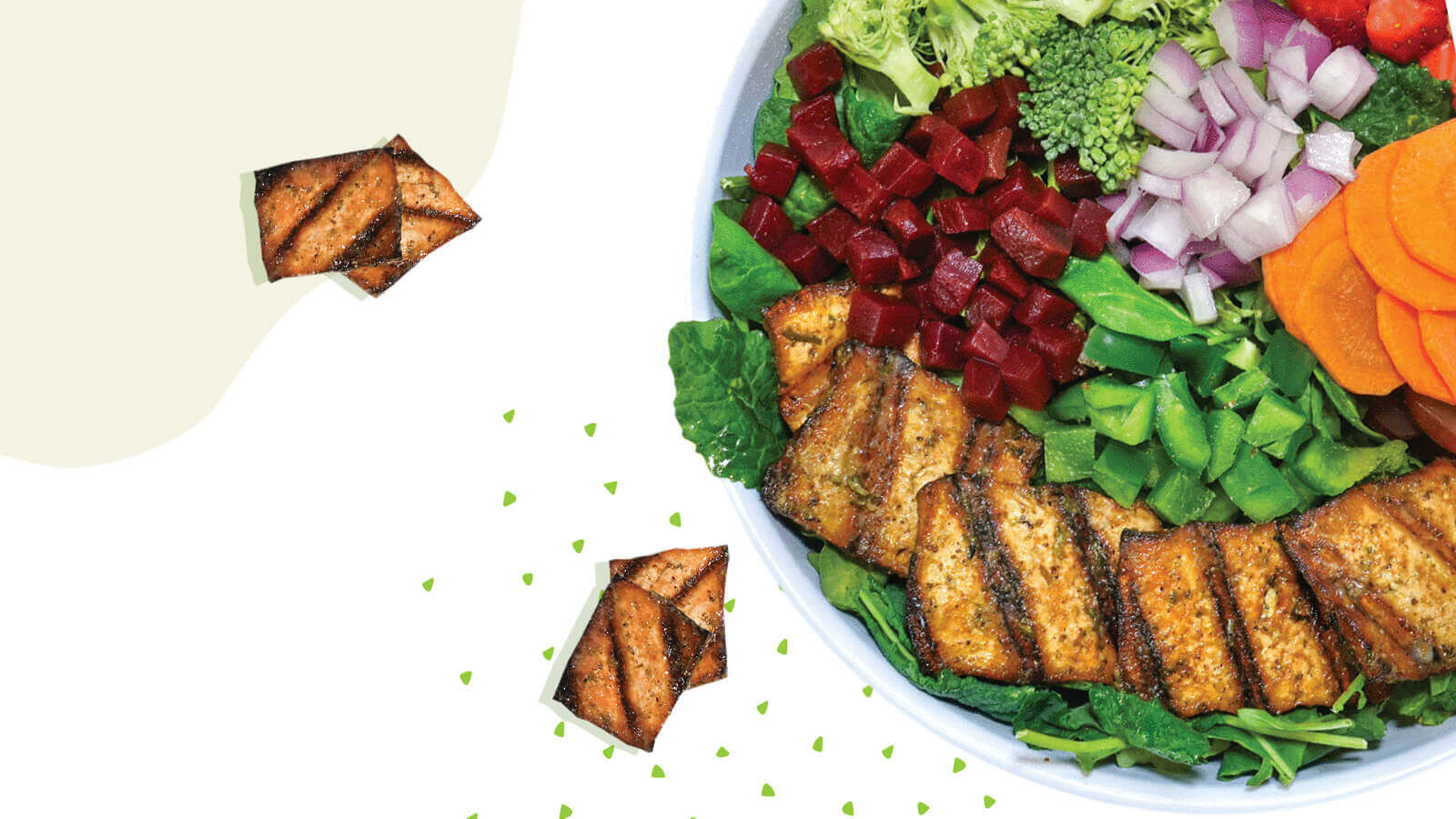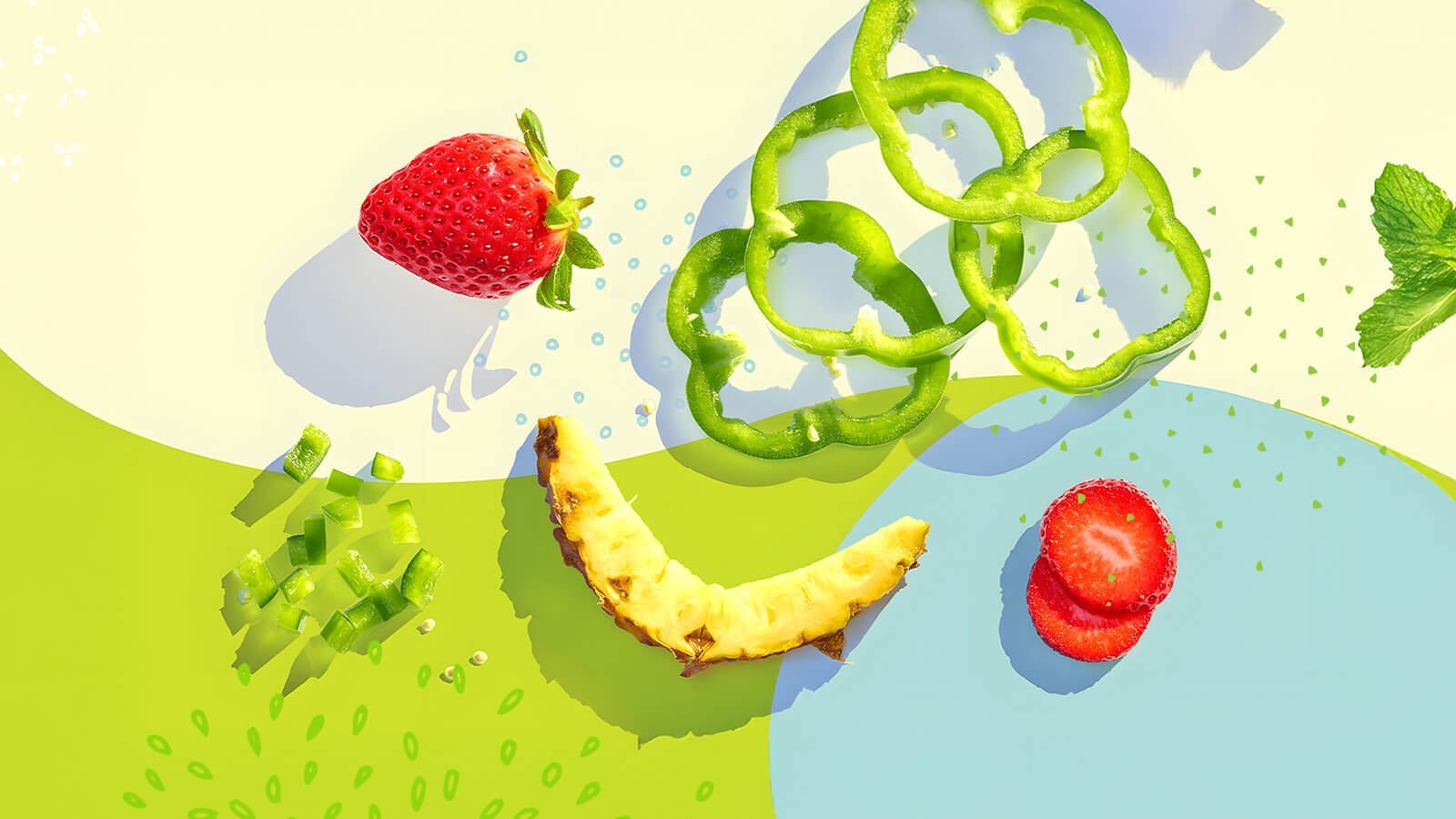Nutrition Learning Activities for Kids
As social distancing continues, we know it’s getting harder to keep kids engaged and entertained while parents are busy working from home. With the help of our nutritionist, we put together a few fun facts and activity ideas to get the creativity flowing and educate kids on the benefits of eating their vegetables.
Veggie Coloring Sheets
Our team hand drew some simple coloring sheets for kids that are a great way to introduce educating your kids about vegetables and healthy eating. Kick off this activity by printing out the sheets linked below (just click the image and hit print) and taking them through a few of our veggie fun facts!
Veggie Fun Facts
- Kale and pumpkin seeds have Omega-3’s, which help with a healthy brain and keep kids ready to learn during school at home.
- Broccoli is filled with calcium, which helps build strong bones while kids are growing.
- Black beans and chickpeas are filled with iron, which helps kids digest the food in their tummy by keeping their cells happy.
- Mushrooms and spinach have tons of zinc, which helps muscles develop, just like Popeye!
- Mushrooms have their own immune system.
- It took a ruling by the Supreme Court in 1893 to make the tomato a vegetable. It’s actually a fruit.
- The skin of a cucumber can be used to erase pen marks.
- Holding a slice of bread in your mouth while cutting onions can help stop your eyes from watering. (Try this technique with your kids at home to get them involved in cooking.)
- Broccoli has more protein than steak, calorie for calorie.
- The skins of fruits and vegetables typically have the most nutrients.
Getting Kids to Eat Their Vegetables
Make eating veggies fun.
Instead of a pile of baby carrots on a plate, try cutting your kid’s favorite vegetables into fun shapes for them to play with before they eat. Sometimes it does help to play with your food!
Involve kids in shopping online for groceries, recipe selection and cooking.
This empowers kids with a sense of ownership and increases the likelihood of them trying something new if they actively participate in the decision making and food preparation process.
Another great way to teach your kids about meal creation is to order a Family Meal Kit from Salata and let them choose their own toppings from start to finish. View our salad menu or find one of our salad restaurants near you.
Don’t Give Up After One Try
Aversions to specific vegetables could be texture related as opposed to taste related. Try offering raw if the cooked version of a veggie was turned down or roasted if raw was too difficult for your little one to chew.
Smell can play a big part as well. Cruciferous vegetables such as broccoli, cabbage, cauliflower and kale can be “stinky” when cooked due to the sulfur containing compounds and could cause the kids to “turn their nose up” at trying them. Offer these vegetables in their raw form, and the sulfur smell is undetectable. Keep in mind that kids taste buds are in a constant state of change which is why it’s important to keep trying even if they didn’t like it the last time you presented it to them.



Comments